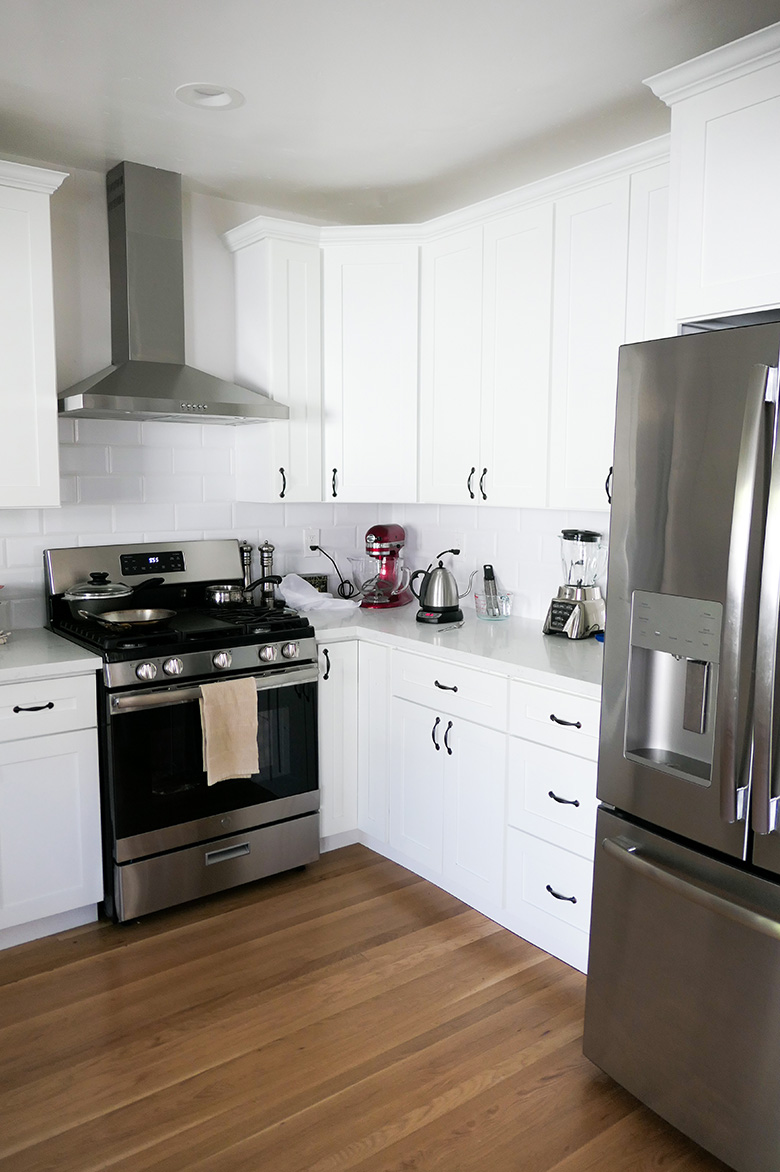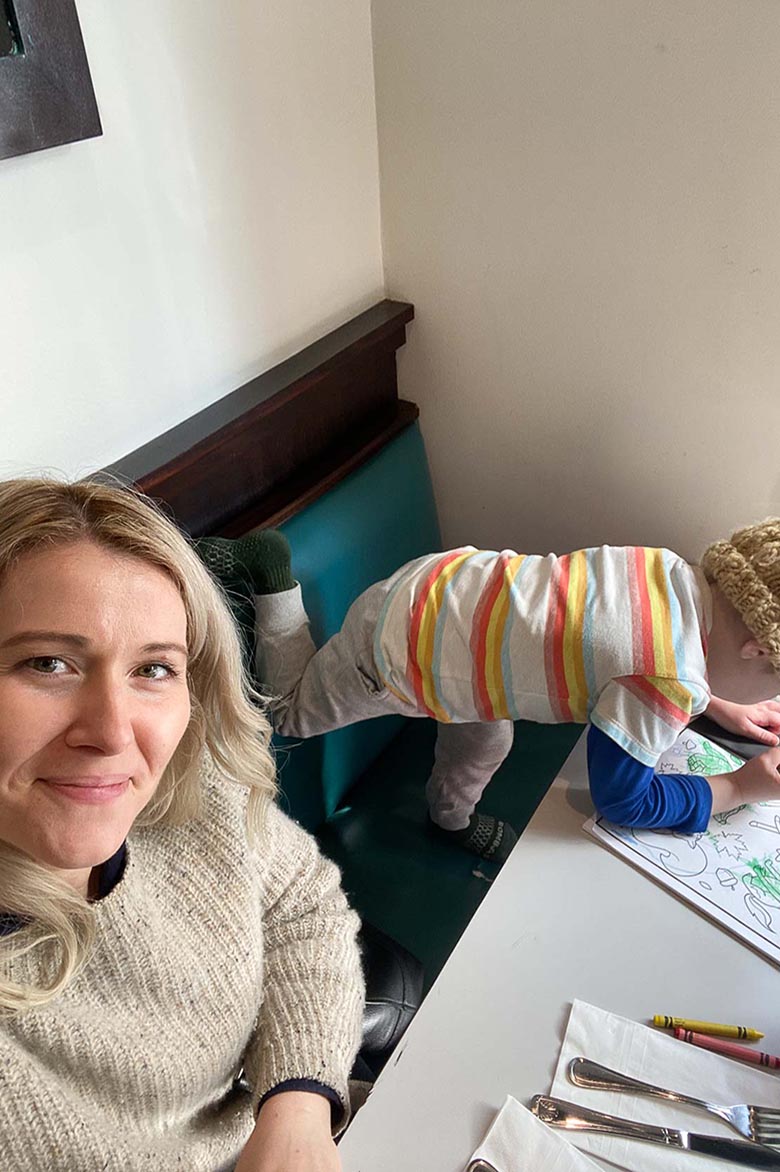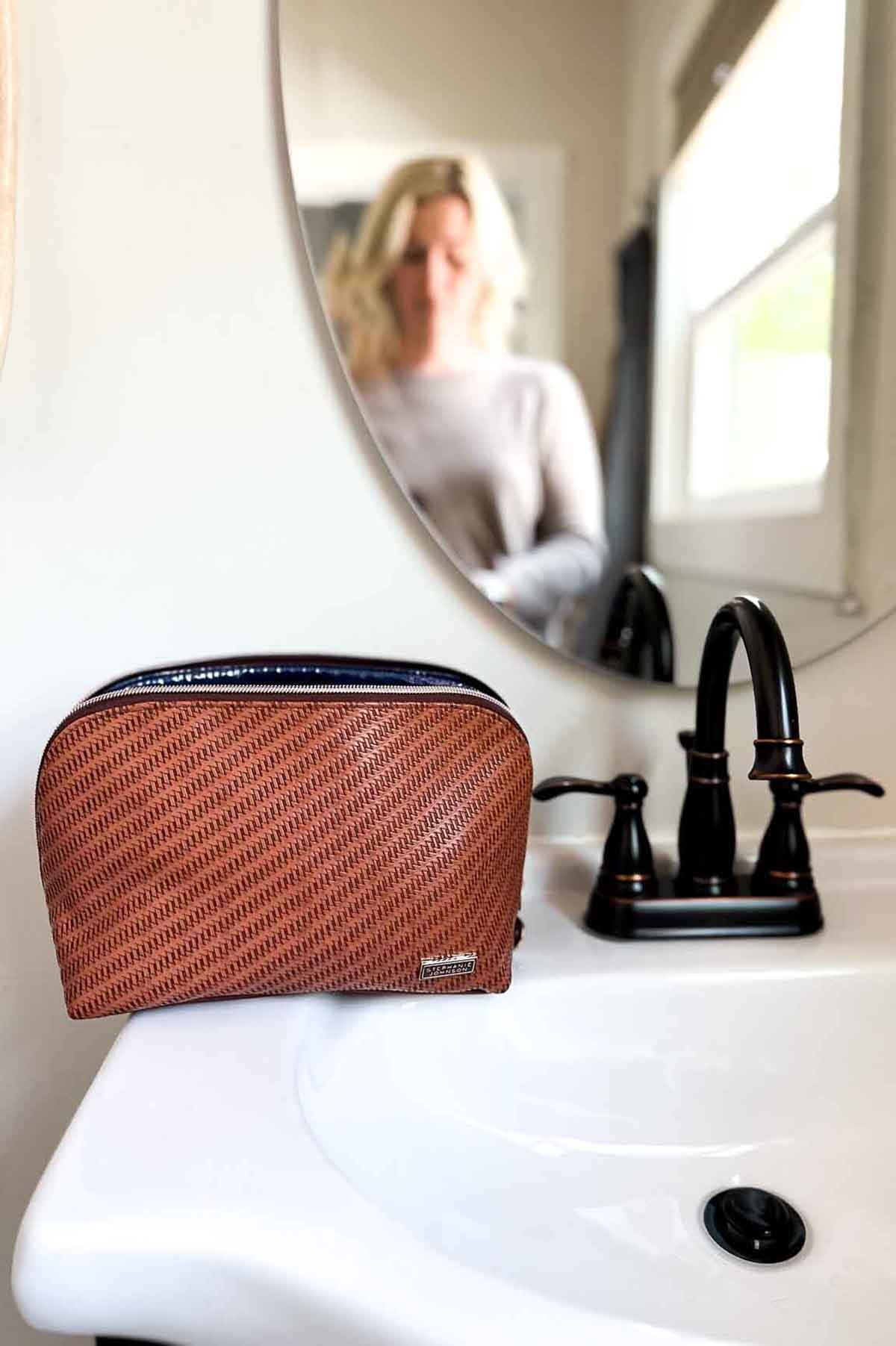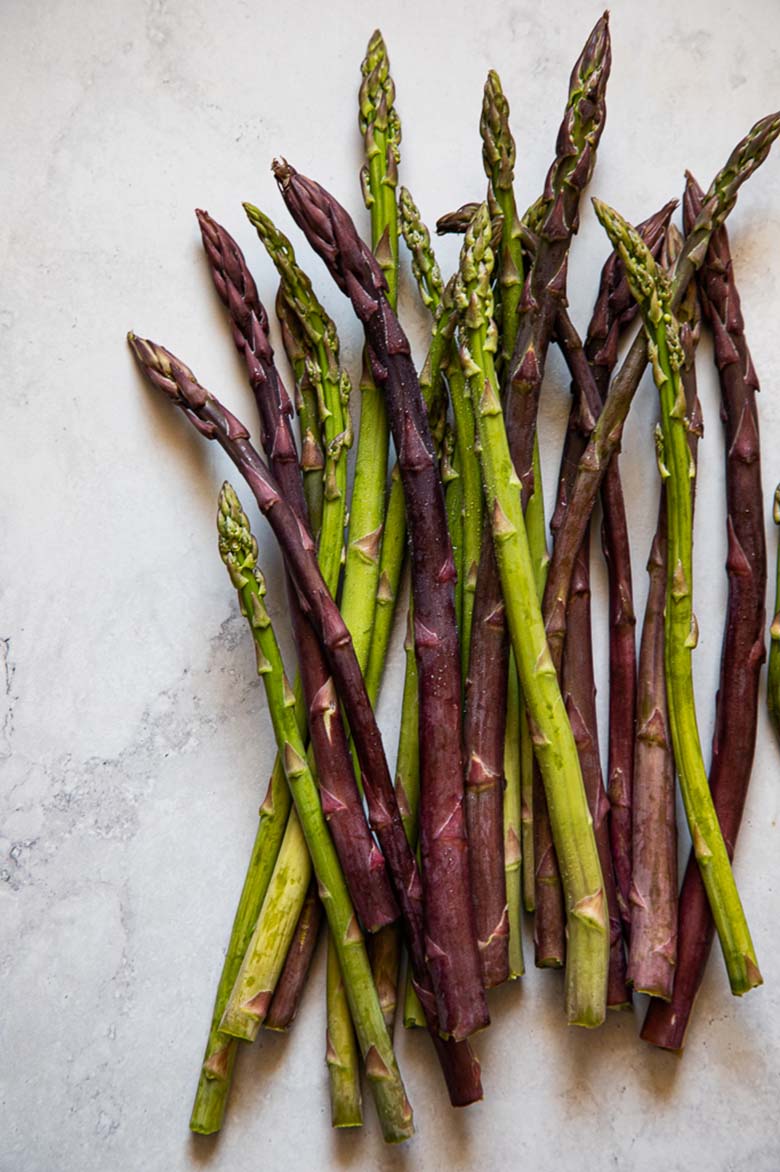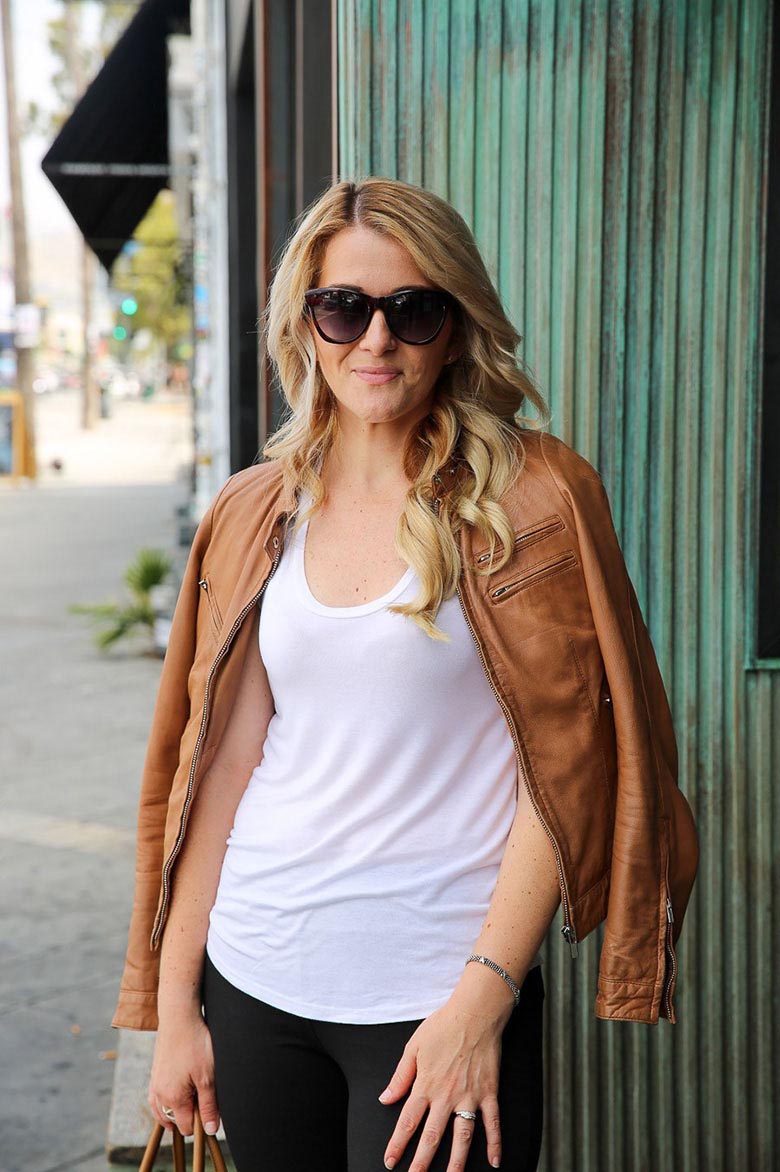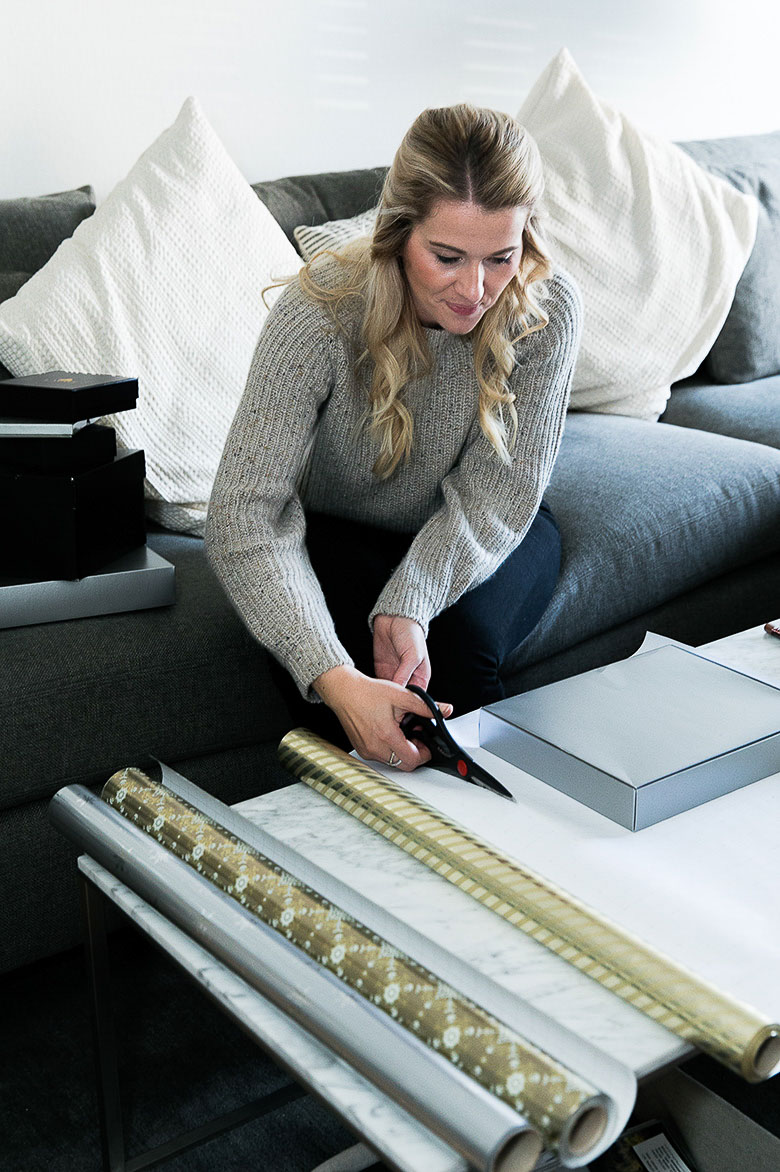Sustainable Diapering Tips
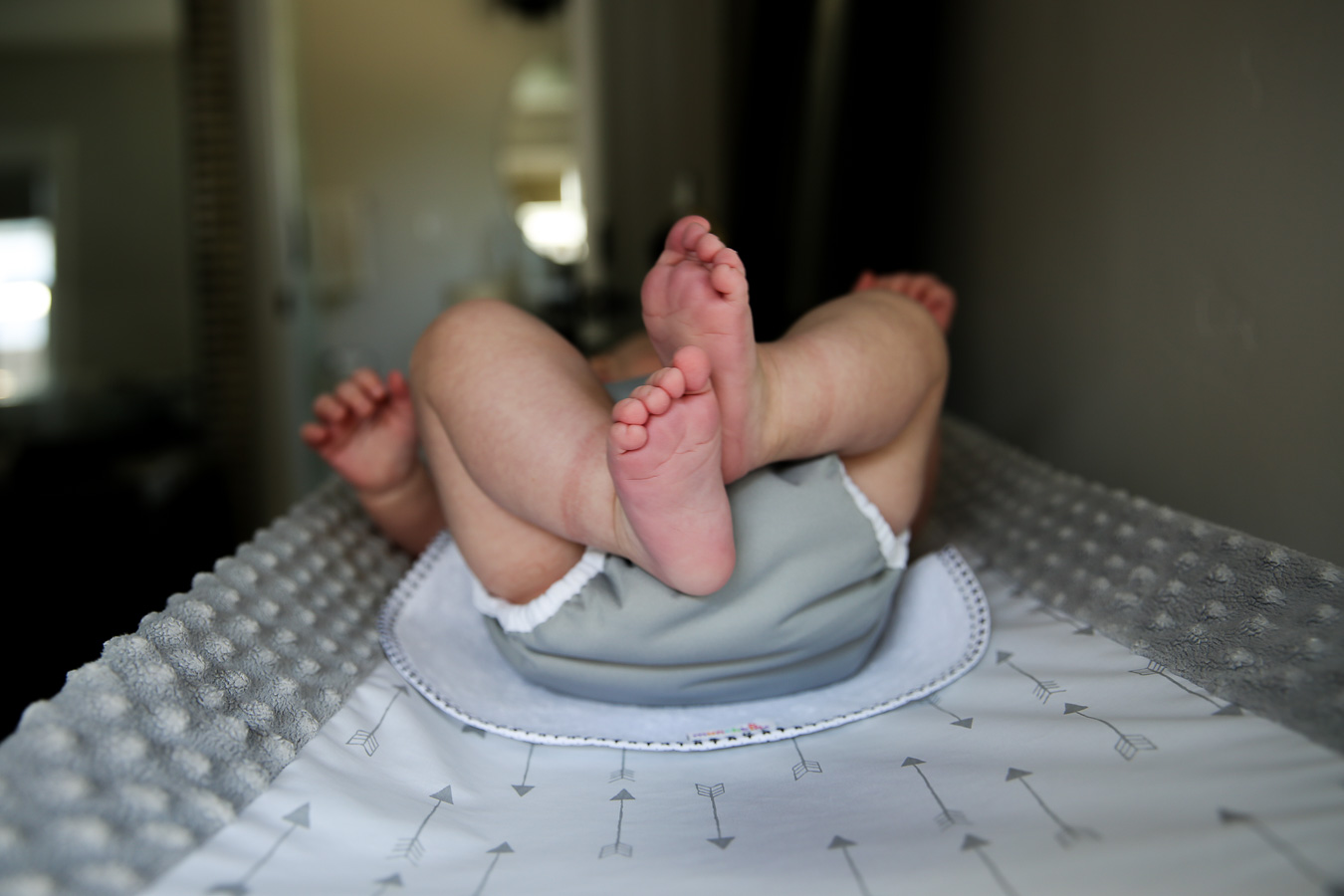
When it comes to the world of babies, it’s amazing how much you buy but also how many things you throw away. With their ever growing bodies, you seem to be buying new clothes on the regular and struggle to keep up with your little one.
This conversation is the topic of many websites, but I want to just break it up into two posts. So here is the first installment of eco-friendlier baby living…diapering and related shi….stuff.
While you might immediately think cloth diapering and how that just isn’t going to happen for you, there are actually a lot of other eco-friendlier options that aren’t cloth diapering – about which I had no idea before a month or so ago.
I will get to cloth diapering and all my thoughts, tips, tricks, etc. below as that is primarily what we’re doing now, but let’s take this thing just one step at a time.
Without getting into how and why diapers and wipes are taxing to our planet (get some stats and info here), this is just an informative list of options and a few nicer practices.
I want to note that we aren’t doing everything listed below and/or haven’t been doing everything all along – it’s been piecemeal as I’ve learned more and gotten more accustomed to that new parenting life!
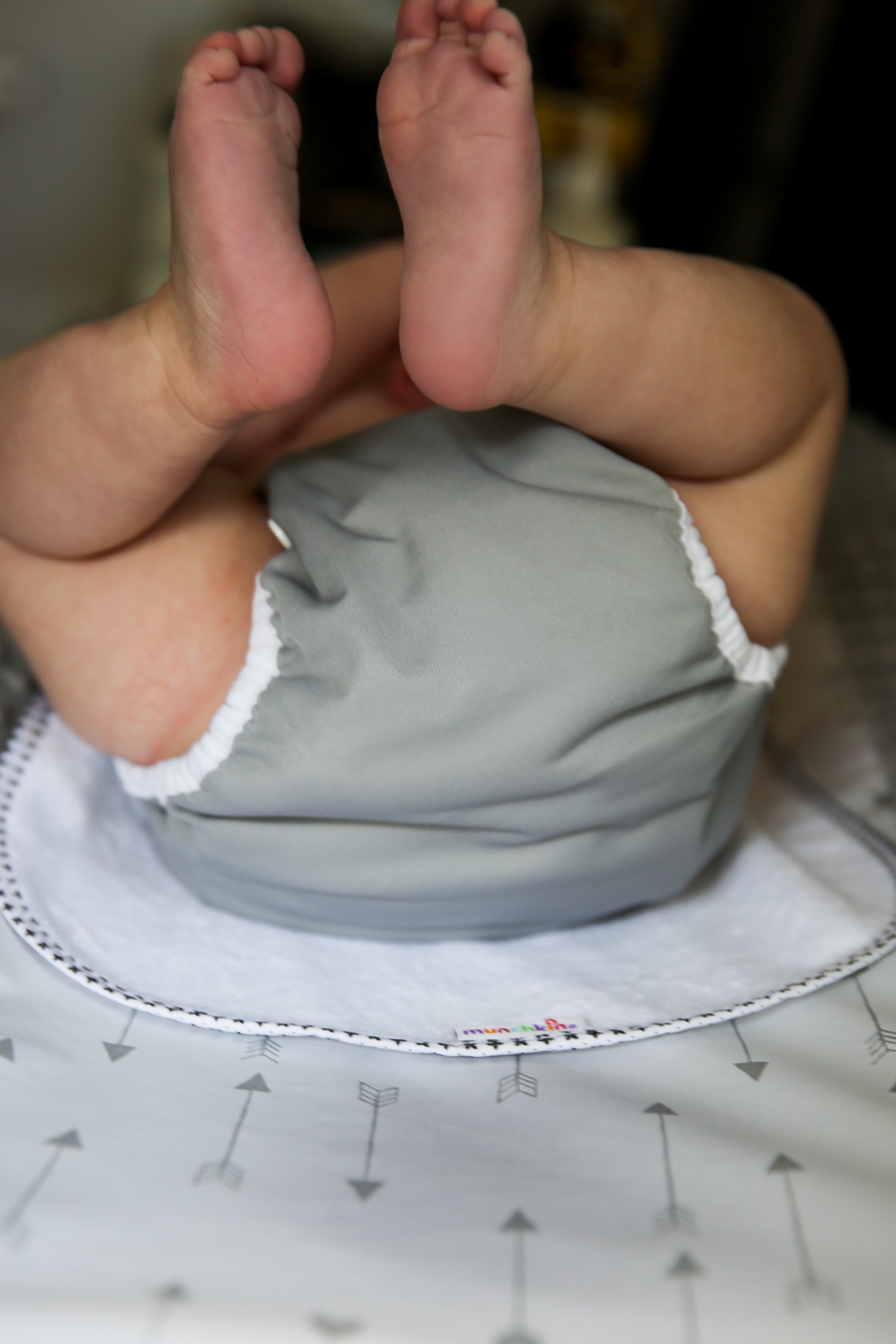
CONTENTS
Sustainable Diapering
If you’ve ever changed a poopy diaper, you know how easy it is to go through wipes. The quantity count on a package seems enormous and then you realize you’ve gone through a few large packages in a few months with more than a year to go!
Eco-Friendlier Tips for Wipes
Cut back on the number of wipes you use. Unless you have a poopy diaper, you don’t need to wipe your little one. If you’d like to do something, use a warm washcloth.
Since getting on the cloth diapering (more below), I’ve also been using wet washcloths in place of wipes and they’ve been working wonderfully. I usually end up using a single wipe at the end of a bigger mess!
Also, try to maximize each wipe and if you take out 1 or 2 more than you need (quite guilty of this one), stick them back in the container for next time.
Eco-Friendlier Wipes
Ok. So you’re using fewer wipes (every one less is a major win!), but did you know there are better-for-the-world wipes? I had no idea either, not to fret. Compostable wipes (to truly compost properly) must be composted in a monitored way – can’t just toss them in the trash and they do their thing…
The three brands I’ve learned about are Bambo, Dyper (a subscription service), and Naty.
We use the Bambo wipes. I love how they work and the small size of the package. They don’t pull the next one out after each use, however, so I usually just pull out one or two before I get started.
*Since writing this post initially, Dyper has partnered with Terracycle to offer a way to properly compost diapers and wipes. The program is called redyper. They’ll send packaging and pay for shipping of sending used items to be composted properly!
Needless to say, we’ll be trying dyper wipes if we ever need to buy any again!
An important note – no wipes are flushable, so make sure you dispose of them properly!
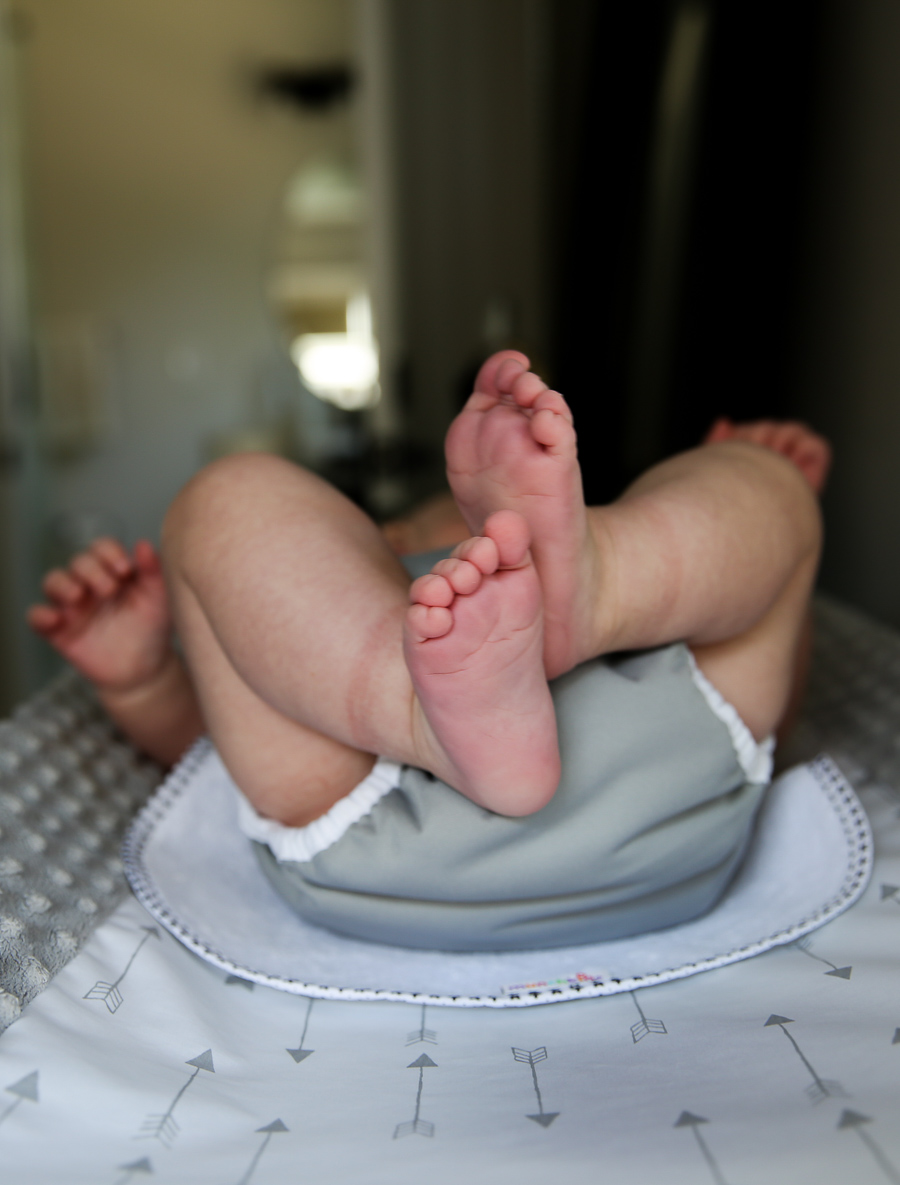
Sustainable Diapers
So… Diapers. When we registered at Target, we added disposable and cloth diapers. I wanted to give cloth diapering a chance at least while we were home. If you haven’t read about those first few weeks of life with our little guy, do that first. You may not be surprised to hear that figuring out cloth diapering didn’t happen and I basically gave up on the whole notion.
We eventually worked our way through all the diapers we’d been gifted and had to start buying diapers (not cheap, btw)! It wasn’t until we moved up to Sacramento and my friend told me about compostable diapers that I ever knew about the alternative to the traditional disposables that will be haunting our landfills long after I and our little guy are gone! So sad…
Eco-Friendlier Tips for Diapers
I don’t have much to say on this topic except that you should try to be mindful about how often your baby needs a diaper change. Many diapers today have a color changing line if you baby pees. Guess what. Your baby pees all the time. They’re kind of a broken fountain of pee – adorable and fun though they are!
Within the first few weeks of your baby’s birth, you’ll start to get the hang of how often your baby needs to be changed. I was terrible about remembering to change his diaper at first, so I just always did it right before he ate – every 2-3 hours.
Eco-Friendlier Disposable Diapers
So just like wipes, there are diapers that are less taxing on the environment. I’ve used Bambo diapers and have heard great things about Dyper (subscription service).
But do they hold up? I can only speak for the Bambo diapers. Yes, they hold up during the day. We’ve never had an issue with these diapers during the day, however, overnight started to be less dependable at about 4 months for us with our little guy sleeping through the night.
Cloth Diapering
Ok. So here’s the topic everyone wants to talk to me about. Some people are shocked that we cloth diaper, others absolutely love the idea. Everyone seems to have an opinion, whether we need it or not!
So, as I mentioned above, I bought cloth diapers before our guy came along. At our baby shower, one mother told me that if we were going to cloth diaper, we needed to start that as soon as possible after birth or our baby wouldn’t like it.
When we didn’t do it those first few weeks, I started to give up on it happening, heeding her advice. Somewhere around 3 ½ months, however, I decided to give it a go. Worst case is, it didn’t work, but at least I’d tried.
Guess what. Our little guy does his business in ANY kind of diaper!
I had done some research, however, and now that we’re about one month in, I realize what’s really needed and helpful.
The necessities…
First of all, you need diaper wraps or shells (the waterproof outside part). We’ve been using Thirsties Duo Wraps (also available here) and I really like them. They have a lot of snaps so you can make the shell fit your baby perfectly.
Second, you need inserts. Back in the day, cloth diapering meant folded layers upon folded layers of material. Thankfully it isn’t so complicated anymore. Now there are inserts that are just a single piece. You place them inside the diaper shells and you’re ready to go – no folding or pins!
I’ve been using the Flip system one size inserts. You just fold down the top part to fit your needs when your baby is smaller. I think different sized inserts might be a little easier, but this wasn’t difficult and I love that I’ll be able to use the same ones throughout his diapering! We use 6-7 per day, so I have 15 and do laundry every other night.
And, finally, a third necessity, I think – bioliners. One of the biggest all time complaints of cloth diapering is that it leads to diaper rash. These bioliners save your little one from diaper rash. They also make it easier to remove the poo from cloth diapers.
A helpful trick with these bioliners is to make sure there are small pieces of the liner coming out of the diaper on both sides (inner thigh area). That helps keep poo-ey diapers a little more manageable.
Should you flush the bioliners? Well, they aren’t exactly toilet paper. What we do is to flush the poo ones and then just dispose of the others in the trash.
**UPDATE: We’ve had some issue with the bioliner pulling at our little guy’s very precious skin, causing some skin tearing even. To help with this, we apply aquaphor to the area of the bioliner that would cover the irritated area and that has fixed us right up.
I have heard that these bioliners help with diaper rash no matter the style of diaper you’re using!
Helpful Addons
I’ve been slow to add all the extras to my cloth diapering setup since it isn’t cheap at first.
• we just bought a toilet sprayer that I’m hoping will help with diaper cleanup!
• a drying rack for drying the diapers (luckily we already had one)
• the absolute best baby stain sprayer (and it’s plant-based)
• wet bags for storing dirty diapers – we use them at home and on the go!
A Note about Washing Cloth Diapers…
If you travel down the road of cloth diapering and then search for some answers online, be prepared to be overwhelmed. Between the 3 prewashes and the extra washes with rinse cycles and blah, blah, blah.
I followed the instructions for pre-washing as best I could. The inserts work better after a few washes, so it’s helpful to keep that in mind as you’re just starting out
As for the usual washing, I use cold water with an extra rinse and I up the soil level on my washing machine. You can also opt for a heavy soil or heavy duty setting. It’s the extra agitation that will help.
If you’re concerned about the water usage with washing diapers so often, there are some great stats here that put my mind at ease. Water waste isn’t just about the at-home usage, but the process as a whole!
If you’re experiencing that ammonia smell, the very simple solution is sunshine. UVA and UVB rays are natural disinfectants. I wash my diapers at night and let them air dry overnight. In the morning, I put them out in the sun for a bit. Within an hour or so, they don’t smell like anything; it’s great!
Using the Puracy spray just after ‘situations’ (and then letting it sit in the wet bag) helps greatly with preventing stains. It has become one of my go to clean cleaning products for our family!
And there are also products like these laundry pods, which remove any residue. I’m guessing during winter months when the sun isn’t shining so readily, those will be very helpful!
What Should you do?
Whatever you decide to do, just be conscious of what you’re doing. Using less of anything is great; using more earth-friendly products is even better!
The world of cloth diapering is a funny one. Half of us are doing it for environmental reasons, the other half of us are doing it to save money. Either way it’s a win-win!
Sustainable Parenting Tips
How We Knew It Was time to Have a Baby
Sustainable Kids’ Clothing Brands & Stores
Sustainable Kids’ Shoe Companies
Incorporating Babies in Your Home Decor
Traveling with Babies (Hotels vs. AirBnBs)
UPDATE: If you’re considering another baby, read where we’re at about having a second child.


